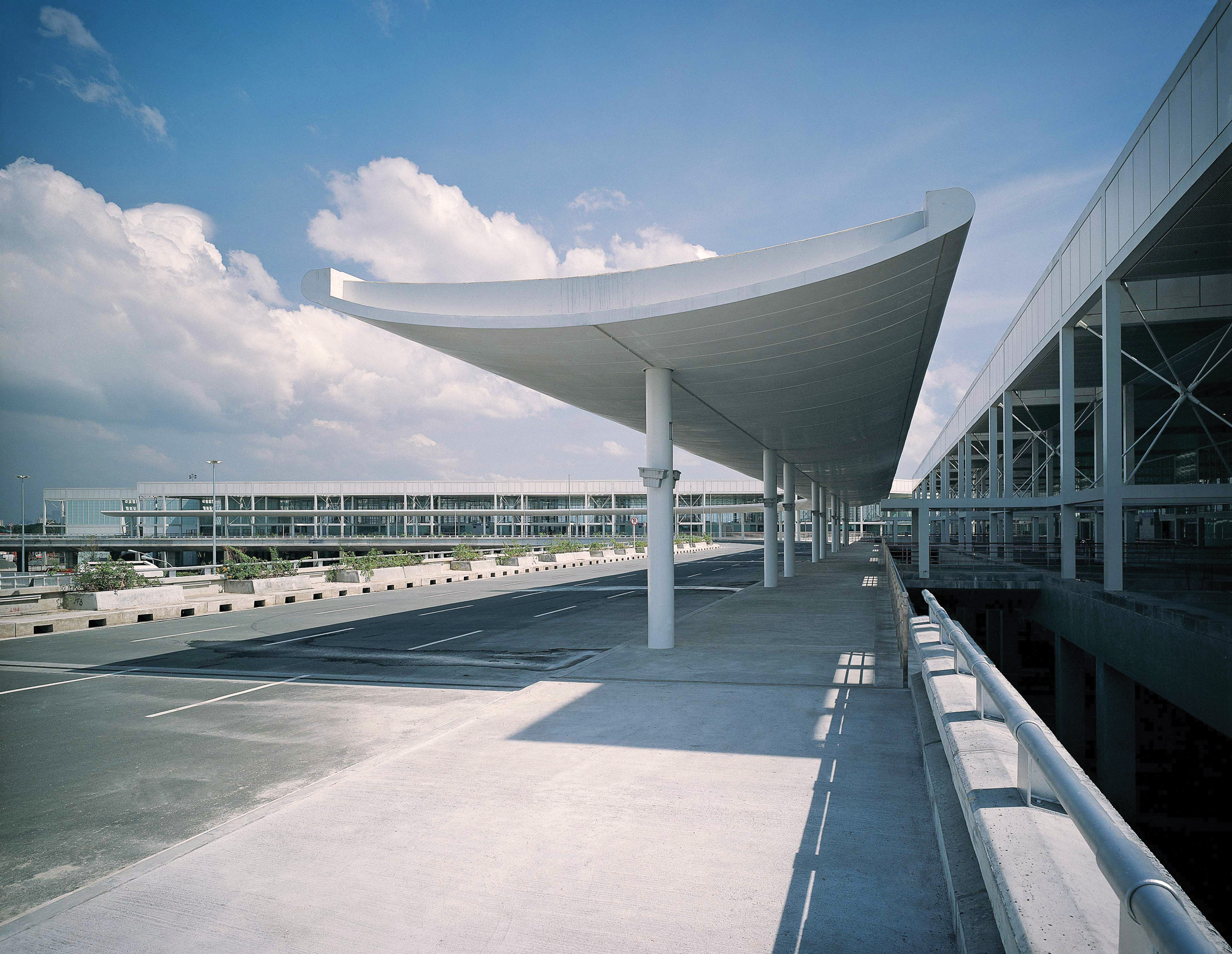Now is the perfect moment to make your dreams come true if you’re an Austrian tourist who has visions of the turquoise waters of Palawan, the lively energy of Manila, or the breathtaking rice terraces of Banaue. The Philippines eVisa has made it easier than ever to travel from Austria to the Philippines. To begin organizing your island vacation without standing in line or worrying about paperwork, just log in online and follow a few simple steps.
The types of eVisas that are available, the documents you will need, a step-by-step guide, and helpful travel advice for a hassle-free and pleasurable trip are all covered in this guide on how to apply for a Philippines eVisa from Austria.
Why Visit the Philippines
For those who enjoy nature, culture, and hospitality, the Philippines is a dream destination. From the vibrant city streets of Cebu to the turquoise lagoons of El Nido, there are over 7,000 islands to explore. Austrian tourists can enjoy an affordable tropical vacation filled with relaxation, adventure, and unusual experiences.
The Philippines eVisa simplifies your travel plans, letting you focus on the most important aspect—arranging your schedule—whether you’re taking a quick trip or embarking on a lengthy island-hopping expedition.
What Is the Philippines eVisa

Austrian nationals and other foreign visitors can enter the Philippines for transit, business, or pleasure thanks to the Philippines eVisa, an electronic travel authorization. It’s a modern and practical way to obtain travel authorization without physically visiting any places.
This online application makes it easy for busy travelers to complete their application, upload required documents, and receive their travel permit electronically. Since the eVisa is electronically linked to your passport, you can arrive in the Philippines hassle-free.
Advantages of the Philippines eVisa for Austrian Visitors

Applying Philippines e-Visa from Austria has various benefits:
- Ease: Apply anywhere, anytime with internet access.
- Time-efficient: No more waiting for long visits or sending papers through the mail.
- Quicker processing: Get your approved visa delivered straight to your inbox.
- Secure and paperless: Your eVisa is electronically linked to your passport.
- Ideal for last-minute travelers: Suitable for impromptu plans or emergency travel.
The Philippines eVisa is made to simplify travel planning and avoid unwanted tension, allowing you to concentrate on your adventure.
Philippines eVisa Types

Before beginning your application, it is necessary to learn about the various Philippines eVisa types issued to Austrian nationals. Each category is meant to accommodate various purposes of travel.
- Tourist eVisa: Ideal for tourists who want to discover the natural and cultural marvels of the Philippines. You can visit relatives, enjoy a holiday, or roam around the islands at your will.
- Business eVisa: Best for Austrian business executives traveling for conferences, business interactions, or trade missions.
- Transit eVisa: If you are traveling through the Philippines to visit another nation, this temporary eVisa permits you to stay there for a short time.
- Medical eVisa: For individuals in need of healthcare treatment in Philippine hospitals.
- Student eVisa: For Austrian students intending to study at approved Philippine universities or schools.
All visa types require different prerequisites, so always choose the type corresponding to your travel purpose.
Step-by-Step Guide: Apply Philippines e-Visa from Austria
Here’s a step-by-step guide on how to fill your Philippines eVisa application successfully from Austria.

Step 1: Ensure You’re Eligible: Before you apply, ensure Austrian citizens are eligible for the eVisa. As of now, Austria is one of the eligible countries to apply online.
Step 2: Gather Documents Needed: Ensure you have all the necessary travel documents in order:
- A valid Austrian passport with at least six months validity.
- A recent passport-sized photo.
- Proof of return flight tickets or onward travel.
- Proof of accommodation (hotel reservation or letter of invitation).
Financial proof that you will be able to pay for your stay.
Step 3: Begin the Application Process: After preparing your documents, start the online Philippines eVisa application. You will be requested to provide personal and travel details like your full name, passport information, date of travel, and reason for visit.
Step 4: Upload the Documents: Scan and upload your supporting documents clearly. Double-check that each file is correctly attached to avoid processing delays.
Step 5: Review Your Details: Before submitting, take a few minutes to review your details carefully. Inaccurate information can cause delays or even rejection.
Step 6: Submit and Wait for Approval: Upon submission, your application will be processed electronically. Once approved, you’ll be sent your Philippines eVisa through email. Print a copy and bring it with you while traveling.
Step 7: Arrival in the Philippines: When you arrive, show your printed eVisa with your passport at the airport. The authorities on the border will check your documents, and you’ll be ready to begin your island experience.
Documents Checklist for Austrian Travelers

To make your application process easier, here’s a brief checklist of all the things you may need:
- Valid Austrian passport
- Digital passport-sized photo
- Travel plan (flight and accommodation)
- Proof of enough funds
- Contact details in the Philippines
Make sure to always have your documents accurate and recent to avoid any issues.
Entry Points in the Philippines for eVisa Holders

Austrians with a valid Philippines eVisa may enter via several international airports and seaports, such as:
- Ninoy Aquino International Airport (Manila)
- Mactan-Cebu International Airport
- Davao International Airport
- Clark International Airport
- Kalibo International Airport
The ease of travel within the Philippines makes this very convenient to explore various regions.
Travel Tips for Austrian Visitors
To help you enjoy your trip even more, here are some insider travel tips:
- Weather: Ideal time to go is from November to May, when it is dry.
- Currency: The Philippine Peso (PHP) is the local currency. Credit cards are widely accepted in cities.
- Language: English is widely used, so it’s easy to communicate.
- Culture: Be polite to people’s culture—Filipinos appreciate hospitality and politeness.
- Transportation: For distances of short duration, jeepneys or tricycles can be tried; for distances of longer duration, domestic flights are cheap.
These small tips can significantly enhance your general travel experience.
Top Attractions to Explore in the Philippines
The Philippines is a traveler’s paradise — a mosaic of more than 7,000 islands, each with its own special charm and rhythm. Whether you yearn for turquoise beaches, secret waterfalls, or lively cities bursting with music and laughter, this Southeast Asian archipelago has it all.
After your Philippines eVisa is approved, prepare to discover some of the most stunning sites making this nation unforgettable.
Boracay Island – The Jewel of White Sands

If paradise were to be named, Boracay would certainly be the answer. Famous around the globe for its white sand beaches and blue waters, this tiny island delivers a giant wallop. Relax during the day on White Beach, observing kitesurfers play across the skyline, or snorkeling amidst colorful coral reefs loaded with aquatic creatures. At nightfall, Boracay is a vibrant hotbed of beach clubs, fire dancers, and sunset drinks.
Travel Tip: Go between November and May when the weather is dry and sea is calm—ideal for swimming and sailing.
Palawan – The Last Frontier

Palawan is the natural crown jewel of the Philippines, where jungle-covered limestone cliffs meet emerald lagoons. In El Nido, you can kayak into secluded lagoons, discover hidden beaches, and snorkel with schools of multicolored fish. Coron welcomes divers to investigate World War II shipwrecks lying below the crystal-clear waters. Don’t forget the Puerto Princesa Underground River, a UNESCO World Heritage Site and one of the New 7 Wonders of Nature.
Why It’s Special: Palawan is regularly included among the world’s top islands for its unspoiled beauty and environmentally friendly activities.
Cebu – The Heart of the Visayas

Cebu seamlessly combines history, adventure, and urban living. From downtown Cebu City’s historic Magellan’s Cross to the massive Kawasan Falls in Badian, there’s something for everyone here. For divers and snorkelers, go to Moalboal, where sardine runs and sea turtles are common experiences. For the adventure-hearted, the Canyoneering experience at Kawasan is a must—leaping into electric blue pools amidst lush jungles is pure adrenaline bliss.
Travel Tip: Taste Cebu’s legendary lechon (roast pig). It’s considered the country’s best!
Bohol – Nature and Culture in Harmony

Bohol is where nature and tradition converge. Its most famous landmark, the Chocolate Hills, transforms into golden brown during the dry season, taking on a fantastical landscape. Off the hills lies the Loboc River Cruise, a tranquil experience of eating a local meal while sailing through greenery. The island also hosts the world’s smallest primate—the Philippine tarsier, whose massive eyes and small body make it a traveler’s delight.
Why Go: Bohol provides a peaceful, natural refuge within easy reach of Cebu via ferry.
Manila – A Vibrant City Experience

Manila, the energetic capital of the Philippines, is more than an airport stopover—it’s a city of history, art, and nightlife. Visit the Intramuros, a Spanish-era walled city whose stories of the nation’s past are waiting to be uncovered. Visit Rizal Park, named after the national hero, or dive into modern Filipino creativity at the National Museum of Fine Arts. By night, Manila’s skyline glows with rooftop bars, live music venues, and street food stalls that never sleep.
Travel Tip: Try the local delicacy adobo and take a jeepney ride for a true local experience.
Useful Travel Advice for a Smooth Experience
- Keep Soft Copies: Always retain soft copies of your eVisa and passport on your phone or cloud storage.
- Stay Connected: Buy a local SIM card on arrival for easy directions and communication.
- Plan Ahead: Plan your destinations and reserve accommodations in advance during peak travel season.
- Respect Local Customs: Filipinos are friendly and hospitable—treat them with politeness and curiosity.
- Stay Safe: Take authorized transport and avoid seclusion at night.
These little things guarantee your Philippine adventure is not only safe and enjoyable.
Final Thoughts: Philippines e-Visa from Austria
Getting the Philippines eVisa from Austria is an easy procedure that leads to one of Southeast Asia’s most beautiful places. Whether it’s a beach holiday, a thrilling dive, or a cultural exploration, this online visa guarantees a hassle-free beginning to your adventure.
With your eVisa ready, all that’s left is to pack your essentials, grab your camera, and prepare for an unforgettable journey across the islands. So, go ahead—Apply Philippines e-Visa from Austria today and let your Filipino adventure begin!
FAQ – Apply Philippines e-Visa from Austria
Q1. Can Austrian citizens apply for the Philippines eVisa online?
Yes, Austrian citizens are eligible to apply for the Philippines eVisa through the simple online process.
Q2. How long does the processing of the eVisa take?
The majority of applications are processed in a matter of working days, although we would recommend applying in advance.
Q3. Do children require individual eVisas?
Yes, all travelers—children included—require a personal eVisa to visit the Philippines.
Q4. Can I find employment with a Philippines eVisa?
No, the eVisa is for tourism, transit, or business purposes only.
Q5. What happens if I overstay my eVisa?
Deciding to overstay your eVisa will have serious consequences.
It is advisable to renew your visa prior to its expiry to prevent penalties or inconvenience.
Q6. Do I require a printed version of my eVisa?
Yes, it is always advisable to carry a printed version along with your passport when you enter the Philippines.
Q7. Can I have multiple entries?
Depending on the type of visa, certain eVisas might allow single or multiple entries.
Q8. What happens if my eVisa email does not come?
Check your spam or junk mail box. If it’s not found, double-check your application information.
Q9. Am I allowed to apply from outside Austria?
Yes, provided you are eligible and possess a valid Austrian passport.
Q10. What if I renew my passport after obtaining the eVisa?
You’ll be required to apply for a new eVisa because it’s attached to your old passport number.




